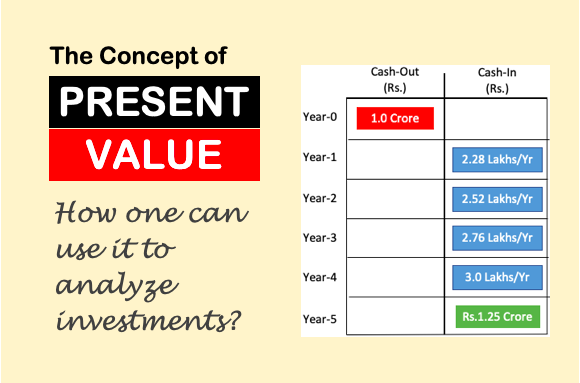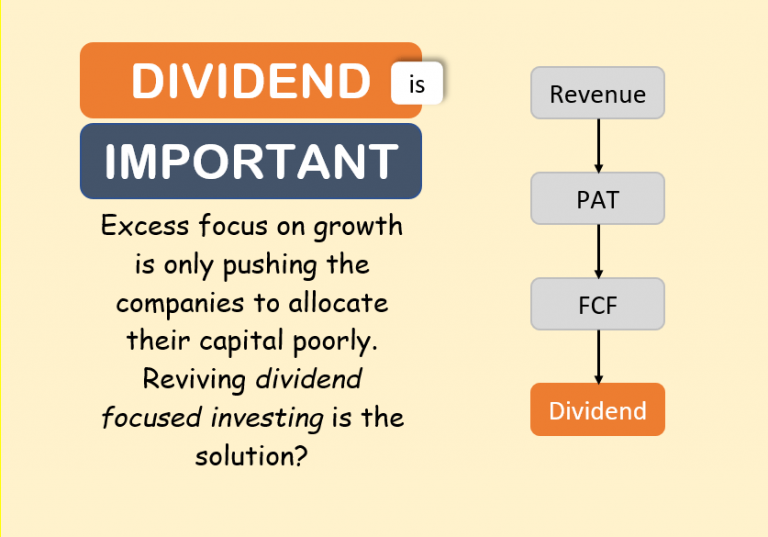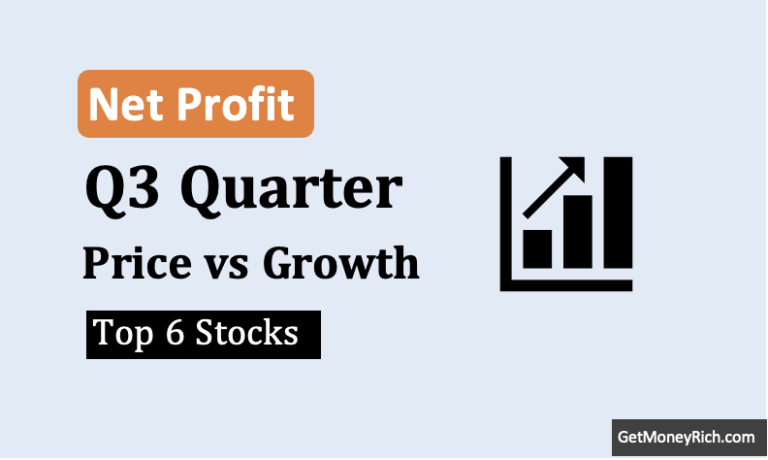MRF Ltd finds its name in the Forbes list of India’s Super 50 Companies 2017. MRF Ltd operates in Tyre manufacturing sector.
In terms of net sales, MRF Ltd is the number 1 tyre company in India. It has a sales turnover of Rs.13,245 Crores.
The second best is Apollo Tyres having sales turnover of Rs.8,933 Crore (32% below MRF).
In terms of net profit, MRF Ltd is again the number 1 tyre company in India having a PAT of Rs.1,451 Crores. The second best in Tyre Sector is Apollo Tyres having PAT of Rs.803 Crore (44% below MRF).
MRF Ltd has a product line of automobile tyres, tyre-tubes, flaps for the tyres, tread rubbers and conveyor belts.
They also make toys for children in Brand name of Funskool. Recently MRF has also ventured into Paint business.
Among sports enthusiasts, MRF brand name is also associated with Motor Sports, and Cricket (MRF Pace Foundation).
MRF Ltd. has its manufacturing plants in 8 locations. Out of all the 8 locations, 3 are in Tamil Nadu, 2 in Telangana, and one each in Puducherry, Kerala, and Goa.
The manufacturing facility of Funskool toys is done in Ranipet, Goa.
The shareholding pattern of MRF Ltd as on Mar’2017 is as below:
- Promoters – 27.37%
- Institutions (MF’s, Banks, Insurance Companies, FII’s) – 20.59%
- Corporate Bodies – 24.58%
- Individuals – 27.46%
The point to note here is that, Promoters shareholding in the company is rather small. Generally I would prefer at least a majority shareholding of Promoters in the Company. So this is a small negative.
As promoters shareholding is small, there is a corresponding high percentage (27.46%) of shares hold by Indian Public (Individuals). Taking example of a typical company HUL. In HUL promoters holding is 67.19% and individual shareholders has only 11.65%.
The Founder of MRF Ltd was Mr. K. M. Mammen Mappillai who was awarded Padmashri in 1992. He died in 1992 at the age of 80.
Currently the Board of Directors of MRF Ltd is comprised of the following people:
MRF Ltd Share Price
In year 2002, total revenue of the company was Rs.1,815 Crore.
In Mar’2017 (after 15 years), total revenue of the company is Rs.13,802 Crore. This means a CAGR of 14.48% per annum.
In year 2002, PAT of the company was Rs.78 Crore.
In Mar’2017 (after 15 years), PAT of the company is Rs.1,451 Crore. This means a CAGR of 21.5% per annum.
In last five years EPS of the company has risen from Rs.1,349.54/share to Rs.3421.44/share. This is a growth of 20.45%.
By all means these figures of revenue and PAT growth is very encouraging.
Hence I checked the pattern of MRF Ltd Share price in last 5 years.
In Nov’2012, MRF Ltd share price was trading at Rs.10,000 levels.
In Nov’2017, MRF Ltd share price is trading at Rs. 69,000 levels.
[Note: Since Jun’17 there has been a slight correction trend being seen in the share price]
In a span of last 5/6 years (Nov’12 to Nov’17) the price has grown at a CAGR of 47% per annum.
Such a massive increase in price in last 5 years has prompted me to check business fundamentals of MRF Ltd.
The result of my analysis is presented here for my readers knowledge…
Short Term Price Trend of MRF Ltd:
In last 12 months, there has been a steady increase in share price of MRF Ltd.
- SMA 3 months – shows a price growth of 2.95%.
- SMA 6 months – shows a price growth of 6.65%.
- SMA 9 months – shows a price growth of 6.34%.
- SMA 12 months – shows a price growth of 8.46%.
I use my stock analysis worksheet to generate SMA for my stocks. For MRF Ltd. the chart looks like this:
Lets do a detailed fundamental analysis of MRF Ltd.
#1. Growth Rates:
I personally like stocks which show’s consistent growth in its past.
It becomes particularly interesting for me when I see a double digit growth rates.
The financial parameters that like seeing grow in a stock are as below:
- Free Cash Flow Growth
- Reserves Growth
- Income Growth
- Profit Growth
- Dividend Growth &
- EPS growth (my favorite)
I use my stock analysis worksheet to quantify all these values. This is the result for MRF Ltd:
Download PDF Copy – Share_Price_Analysis_MRF.pdf
#2. Financial Ratios
The use of financial ratios helps users to comprehend the numbers easily. It helps to compare apple to apple.
Financial ratios also helps us to make the first impression about the stocks, before digging into the details.
The ratios that my worksheet highlights prominently are as below:
- Price Valuation
- Price to Earning Ratio (P/E)
- Price to Book Value Ratio (P/B)
- Price to Sales Ratio (P/S)
- Price to Free Cash Flow (P/FCF)
- Profitability
- Return on Equity (ROE)
- Return on Capital Employed (RoCE)
- Cash Returned on Invested Capital (CROIC)
I use my stock analysis worksheet to quantify all these values. This is the result for MRF Ltd:
Download PDF Copy – Share_Price_Analysis_MRF.pdf
#3. Important Miscellaneous Data
Before investing, it is important to look at a few indicators that gives a rough idea about the current position of the stocks price.
What are these few indicators?
- Current price compared to its 52W high and Low price.
- How much the price changed in last 30 days and 12 months.
- What is the market cap.
- Compared to the Industry P/E, what is the P/E of stock.
- What is the price growth in last 3Y, 5Y and 10Y.
- What is the average dividend yield in last 3Y, 5Y and 10Y.
I use my stock analysis worksheet to get quick answers to these questions. This is the result for MRF Ltd:
#4. Price Chart of Last 10 Years
Why I like to see price chart?
Frankly speaking price charts tell very less about a stock (unless you are a technical analyst).
But I still like to give it a glance. Why? It gives an idea of how the current price is placed compared to last 10 years trend.
There can be few scenarios here:
- If price is only bullish – current price can be overvalued.
- If Price is remaining modest – poses a question why price is not growing fast enough?
- When price is falling – current price can be undervalued or business fundamentals may be weakening.
I use my stock analysis worksheet to generate the 10 Year price chart. This is the result for MRF Ltd:
Download PDF Copy – Share_Price_Analysis_MRF.pdf
#5. Quarterly Trends
Why to look at quarterly results?
For long term investors, long term trends are more valuable. But it is also essential that the investor should not miss noting the short term trends.
If in short term term, the income, earnings are falling, it poses a risk.
Investor must get the answers for the Why’s before proceeding.
The quarterly trends that I refer are as below:
- Total Income – TTM data verses last FY data (if rising or falling).
- Net Profit – TTM data verses last FY data (if rising or falling).
- Earning Per Share (EPS) – TTM data verses last FY data (if rising or falling).
I use my stock analysis worksheet to get pictorial chart for the above important informations. This is the result for MRF Ltd:
Download PDF Copy – Share_Price_Analysis_MRF.pdf
#6. What is the Intrinsic Value of this stock?
This worksheet may not be accurate, but it attempts to estimate Intrinsic value of stocks.
I believe that, even if it is a rough estimation of intrinsic value, it is still worth doing it.
Because investing in a stock without comparing its intrinsic value with its current price is a big mistake.
Based on the knowledge that has been gathered, this worksheet attempts to estimate the intrinsic value of its stock.
There are several ways to estimate intrinsic value of a stock. But I rely more on the following methods.
I have incorporated all of my favourite method in my worksheet to estimate intrinsic value of stocks. An intelligent formula the generates the net intrinsic value of the stock derived from all these individual methods:
- DCF method
- NCAPS method
- Absolute PE method
- Reproduction cost method
- Benjamin Graham’s Formula
- Earning Power Value (EPV)
I use my stock analysis worksheet to estimate intrinsic value of stock. This is the result for MRF Ltd:
Download PDF Copy – Share_Price_Analysis_MRF.pdf
#7. What is the final conclusion?
After considering almost all aspect of stocks as discussed above, my worksheet helps its user to arrive at a final conclusion.
What is the ultimate question in stock investing? The stock is good or bad? How to arrive at this conclusion?
My stock analysis worksheet does this very nicely for me. Based on the following parameters, it generates an overall grade for its stock.
If the generated grade is above 85%, the stock is considered good.
Lets see what grades are generated for MRF Ltd:
- The Overall grade for MRF Ltd is 5%.
- The market price of MRF seems to be very overvalued. It scores just 43%
- In terms of future growth prospects, MRF scores 100%.
- MRF earns a high 100%for its managements efficiency.
- In terms of profitability, MRF score is just 37%.
- Financial Health of the company is presently moderate at 67%.
- There is no bankruptcy threat to MRF. It earns 100%
It must be noted that, this worksheet gives more importance to the price valuation of stock. A stock which is priced right will score higher.
This worksheet gives score to its stocks very defensively.
There are not many stocks in the market that can earn grade above 80% from this worksheet.
MRF Ltd has scored just 57.5%. This is a clear hint that this stock is currently trading at very overvalued price levels.
But this is one of the most robust stocks of Indian Stock Market.
In case of any major price correction happening in the market, this stocks becomes a favourite pick.
But caution must be taken in dealing with MRF as its estimated intrinsic value is almost half of its current price.
Final words about MRF Ltd net profit decline in last quarters…
The company has officially made a statement that in “the recent years saw the range of economic upheaval both favourable and un favourable”.
The impact of GST on the supply chain has been felt in last quarters.
I am not sure if Demonetisation has any direct impact on Tyre sales or not. But cash crunch has certainly effected the transportation business.
As per Supreme Court’s order, all vehicles that is being sold after 1-April’17 must be BS-IV compliant. The problem is, automobile manufacturers already had a huge inventory of BS-III compliant vehicles. The BS-IV rule forced the automobile manufacturers to slow-down their production. The impact of this will surely be felt on Tyre companies.







Dear Mani ji
NAMASKAR. I want to join you. But before… I want to talk with you.
My self Vikas Singhal from Rohtak (Haryana)
I am interested. If you give a call my Cell No is -9818749921 or give your contact no ? Then I can call you….